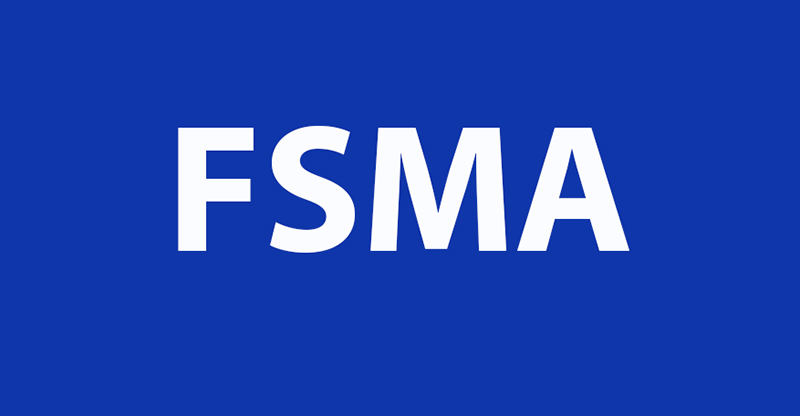The Foreign Supplier Verification Rule, part of FSMA, requires the importer of food to meet the same stringent guidelines found within FSMA’s Preventive Controls rule. Companies defined as the importer are now required to deploy a Foreign Supplier Verification Program (FSVP) that ensures their foreign supply partners are producing the imported food in compliance with processes that meet the FDA’s standards for preventive controls and safety.
Companies importing food products must anticipate hazards associated with the imported food and evaluate the risk posed by the food based on the hazard analysis and the supplier’s record of compliance every three years or when new information comes to light. In general, these companies must maintain the integrity of their extended supply chain.
Register for the Food Safety Supply Chain Conference | June 5–6, 2017 | Rockville, MD | in-person or virtualAnd now, the questions:
1. Are you considered to be the importer under FSMA’s Foreign Supplier Verification rule?
Under FSMA, the importer is the U.S. owner or consignee of an article of food that is delivered to the United States from any other country at the time of U.S. entry. If you are still unsure as to whether you are the importer, try answering the three questions below. If you answer “me” to any of them, you might want to have your food safety team confirm your status as the importer with your foreign suppliers:
- Who controls the finances of the imported food?
- Who controls the agent?
- Who controls the goods? Whose truck picks it up or in whose DC is the product stored?
2. What comprises a FSVP?
The new regulation puts an additional burden on importers since it requires them to establish and follow written procedures for verifying foreign suppliers and correcting any violations of FDA standards. If you are considered the importer, you must have a separate FSVP in place for each food product and each foreign supplier, even if the same food is obtained from a number of suppliers. Proper documentation is essential to maintaining access to U.S. food markets since this will be the primary means by which FDA will establish compliance with FSVP. If you are not the importer, it might make sense to ensure you have copies of what your importer says he or she has on file. (Hint: It’s a good idea to trust but verify in this situation.)
3. Can you meet the FSVP challenge?
Any record requested by the FDA must be available within 24 hours and could date two years back. If you don’t have an automated system, it’s time to consider one, as it’s really the only way to manage the range of documents required by a FSVP across a retailer’s or wholesaler’s vast supplier base. (Verification includes on-site audits, sampling/testing, records, certificates of conformance and continuing guarantees.)
4. What is the CEO’s responsibility under FSVP?
Senior executives in the extended retail food supply chain are personally responsible not only for their company’s compliance with FSVP, but also for verifying the compliance of their upstream supply chain.
5. Why is Now the Time to Take Action?
Implementing a new system with suppliers will take time. It is your responsibility to ensure you and your suppliers are in compliance by the deadline. FSVP compliance goes into effect for most companies at the end of May 2017.
While we like to think of food safety as not being a competitive advantage, it can be used as leverage against the competition. So it’s critical to understand not only what the importer should be doing to comply with FSVP, but also what the supplier can do in advance to help the importer meet its obligations under the law.





